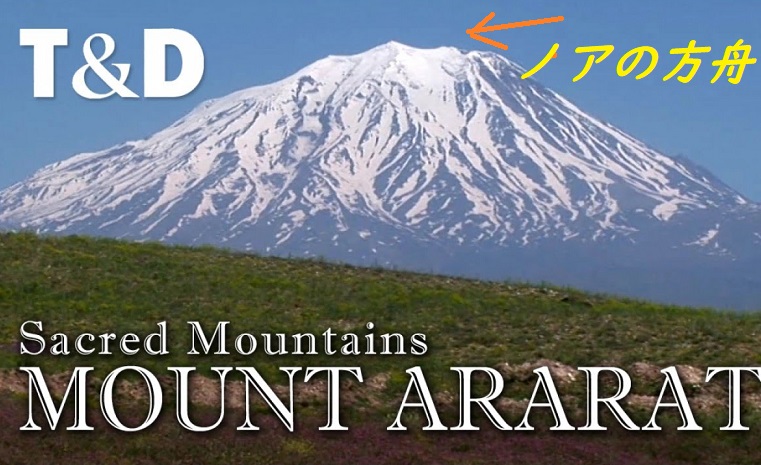
新大陸の発見によって多くの困難(難事)が生じ始めていた。(たとえば)米大陸はアララト山(注:トルコ共和国の東端にある標高5,137mの山で,『旧約聖書』にでてくるノアの箱舟が大洪水の後に流れ着いたとされる山)から遠く離れているのに,それでも,(米国とアララト山の)中間地帯に見出されない多くの動物が(米大陸に)存在していた(contained 含まれていた)。これらの動物はどうやってこんな遠くまで旅してきたのか,またどうして途中に自らの種をまったく何も残さなかったのか? 船員ががそれらの動物を運んできたと考える者もいた。しかし,この仮説には難点があり,それは敬虞なイエズス介士のホセ・デ・アコスタ(注:Joseph Acosta, 1540-1600 スペインの博物学者で,アメリカ大陸の初期記録者の一人)を当惑させた。彼はインディアンの(キリスト教への)改宗に専念していたが,自分自身の信仰を保持することに困難を感じつつあった(感じ始めていた)。彼は(自著の)「西インド諸島の自然史と道徳史」(1590)の中で,極めて健全な感覚で,次のように論じている。 「そんなに長い航海をして(までして)狐をペルーに運ぶ苦労をするということを誰が想像出来るだろうか? 特にアキアスと呼ばれる,私がかつて見たものの中でも最も汚らしい種類の狐をなぜ運んできたのか? 同様に,たとえば,虎やライオンを彼らは運んだであろうと誰が言うだろうか? 確かに,そのように考えることは笑止千万である。大嵐(tempest)によって意志に反した方向に(乗った船が)吹き流される(driven against their willes by tempest)人々にとっては,そのように長い未知な航海において自らを忙しくさせて狼や狐を運んで海上で飼うなんてことはしないで,命からがら逃れるのが精一杯であった」(注:ホワイト『科学と神学との闘い』から引用)。 こういった難問により,神学者たちは,汚らしいアキアスやその他の同様にぶざまな獣は,太陽の熱により柔らかい泥(slime)から自然に生じたのだと信ずるようになった。しかし,不幸にも,ノアの箱舟についての説明の中にはこのようなヒントはまったく存在していない。だが,それはどうしようもなかった。例えば,その名の示すようにその動きが極めてのろい「なまけもの(sloths)」は,もしアララト山から出発したとすると,どうして彼らはみな,南アメリカに達することが出来たのであろうか?
Chapter 3: Evolution, n.13
Difficulties had begun with the discovery of the New World. America was a long way from Mount Ararat, yet it contained many animals not to be found at intermediate places. How came these animals to have travelled so far, and to have left none of their kind on the way? Some thought that sailors had brought them, but this hypothesis had its difficulties, which puzzled that pious Jesuit, Joseph Acosta, who had devoted himself to the conversion of the Indians, but was having difficulty in preserving his own faith. He discusses the matter with much sound sense in his Natural and Moral History of the Indies (1590), where he says ; “Who can imagine that in so long a voyage men would take the paines to carrie Foxes to Peru, especially the kind they call ‘Acias,’ which is the filthiest I have seene? Who would likewise say that they have carried Tygers and Lyons? Truly it were a thing worthy the laughing at to think so. It was sufficient, yea, very much, for men driven against their willes by tempest, in so long and unknown a voyage, to escape with their own lives, without busying themselves to carrie Wolves and Foxes, and to nourish them at sea.” (note: Quoted from White’s Warfare of Science with Theology.) Such problems led the theologians to believe that the filthy Acias, and other such awkward beasts, had been spontaneously generated out of slime by the action of the sun ; but unfortunately there is no hint of this in the account of the ark. But there seemed no help for it. How could the sloths, for instance, which are as unhurried in their movements as their name implies, have all reached South America if they started from Mount Ararat?
出典:Religion and Science, 1935, chapt. 3: Evolution.
情報源:https://russell-j.com/beginner/RS1935_03-130.HTM
